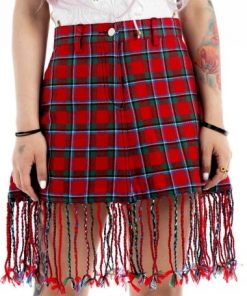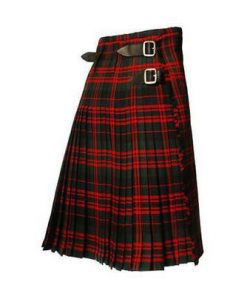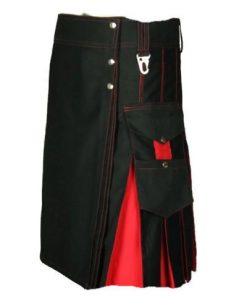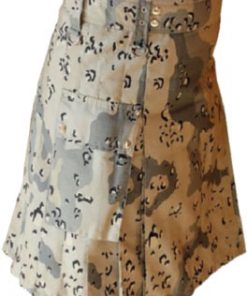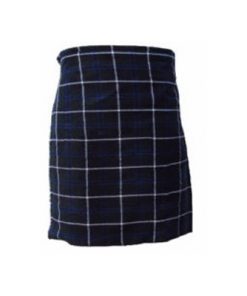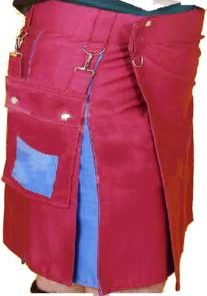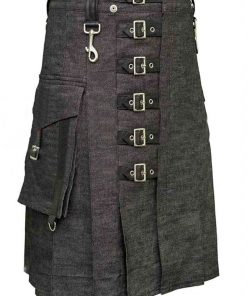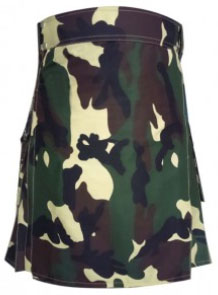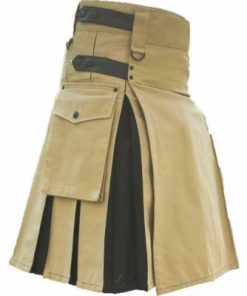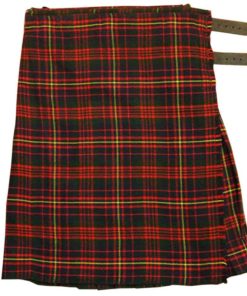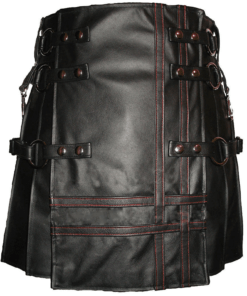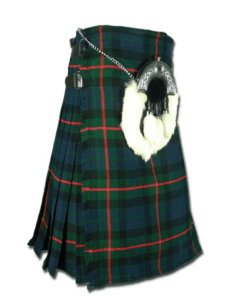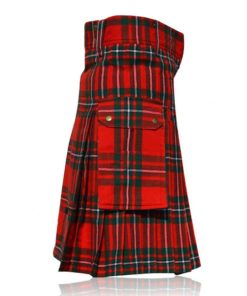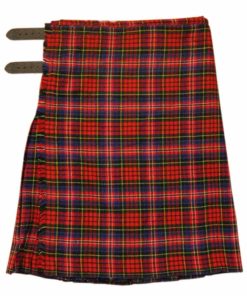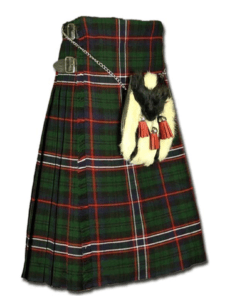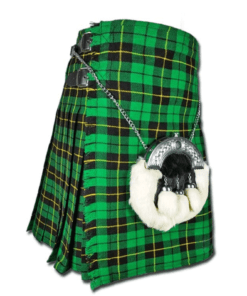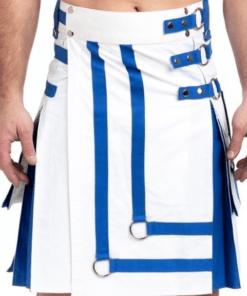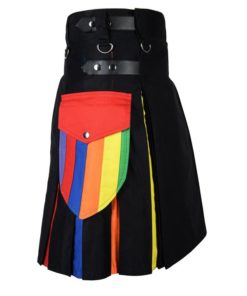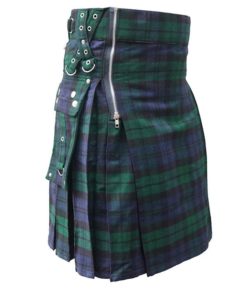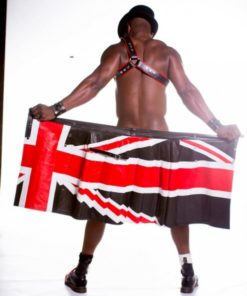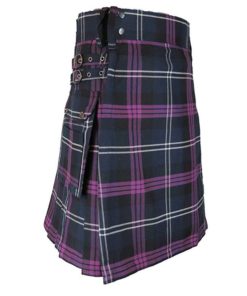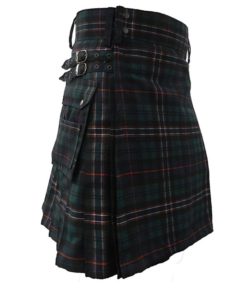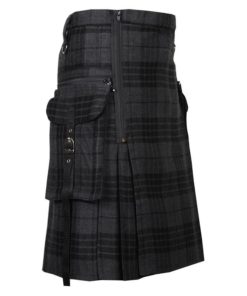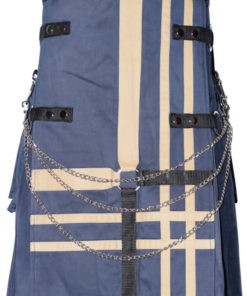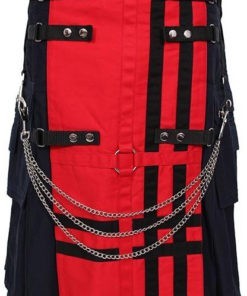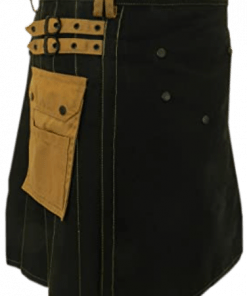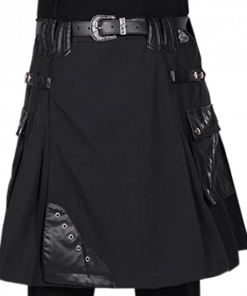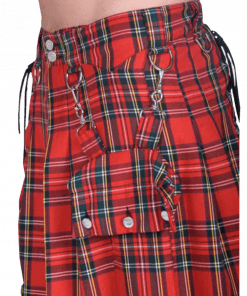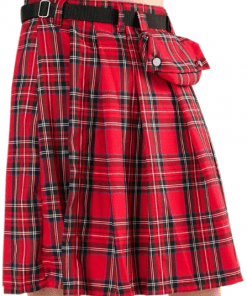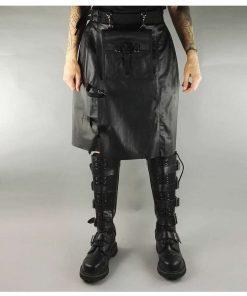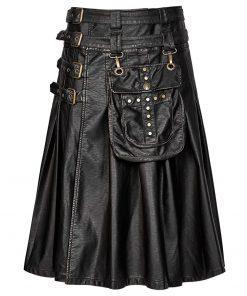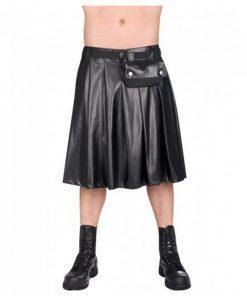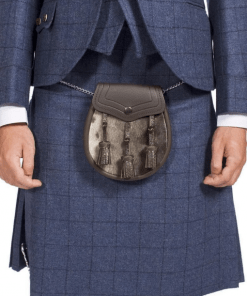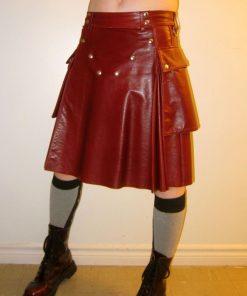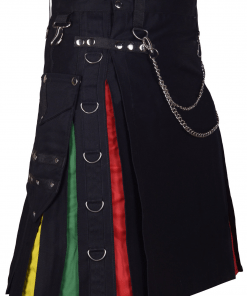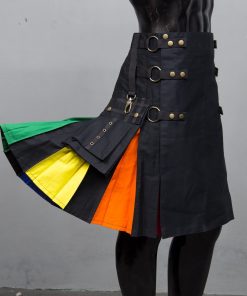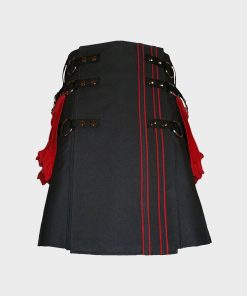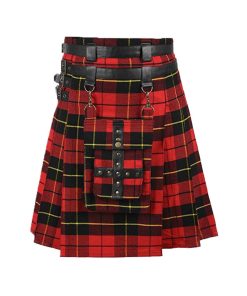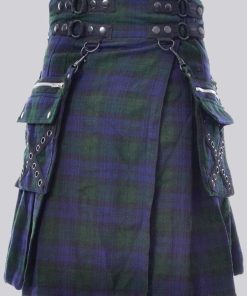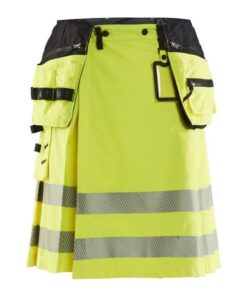Scottish Clans and Their Kilts Inverness
The clan System for Kilts Inverness
The clan system probably developed after the Romans left Britain around 410 AD and relied primarily on the Highlands and Islands of the country we now know as Scotland. At that time
Kilts Inverness was not as famous as today.
The Clan in History
Clan in Gaelic means "family", so the clans are different from each other. All members of a clan carried, at least in theory, the same name, often claiming to be very old chiefs and kings. There were also branches of a clan known as "septa" that allied with a clan and owed loyalty to the leader of the clan and they loved to wear short skirts like
Kilt Inverness.
The leader of the clan, owner of the land, was responsible for the safety and general welfare of his man and his wives and the whole clan wore
Kilts Inverness at some functions and they often named them as short skirts. In return, they were forced to give him some of his crops. In addition, in addition to fighting to defend their own clan, they had a duty to fight for the leader, regardless of their side or support.
A clan not only protects its people and their associated divisions but can also be called to help small clans to be persecuted by other larger clans.
The clan system does not exist today, but there are many clans’ societies and meetings attended by their descendants throughout the world. It is estimated that more than 25 million people worldwide are eligible for Scottish ancestry.
Kilts Inverness derived from French Word?
The word "Kilts Inverness" is most likely derived from the French word "tiretaine" used to designate a type of patterned woven fabric. The first Scottish tartan was made of unwoven wool from the natural white and brown wool of the time and was available in a few of
Kilt Shop Inverness.
After the brutal repression of the Jacobite rebellion in 1746, the port of Kilts Inverness was officially banned for forty years because it was perceived as a symbol of Scottish patriotism and independence. However, it was still allowed in the Scottish regiments because they were forces loyal to the government.
Although today, [the clans] are associated with their own
Kilts Inverness, there is no evidence that clan members wear a clan
Kilt Inverness before it is removed. At that time, women and men of the clan used the Kilts Inverness according to their personal preferences which were bought
from Kilt Shop Inverness.
Highland Dress for Kilt Shop Inverness
The beautiful Highland dress we see today is the result of an evolutionary process that really took off in the Victorian era, when Queen Victoria and Prince Albert fell in love with the "Scottish". With the upper classes of the day, they adapted the oldest and simplest dress of Highland to a style more in keeping with their time, their position in society and their romantic image of Scotland.
Before 1600, the mountaineers wore a thick garment like a wool cassock knee-length on a large saffron shirt. This was replaced by the "plaid with belt" and the "small
Scotkilt Inverness” in the early seventeenth century.
How to Wear products from Kiltmaker Inverness?
The plaid with a belt, which was very long, 6 double ells
Kiltmaker Inverness, was wrapped around the body and held in place by a belt. The lower part formed a loose and pleated "Scotkilt Inverness" and the upper half met on one shoulder and hung on the back. Sometimes this has been held in place with a pin on the shoulder. The upper part can also be thrown around the body and on the head to provide protection against the elements.
The "
Scotkilt Inverness" consisted of 6 ells of simple fabric
Kiltmaker Inverness, with folds sewn on the back and joined ends superimposed on the front.
Everything is maintained by a leather belt at the waist. It is the precursor of
Scotkilt Inverness used today.


